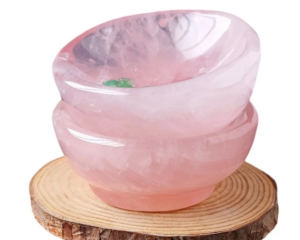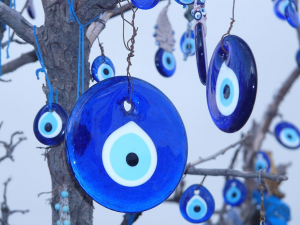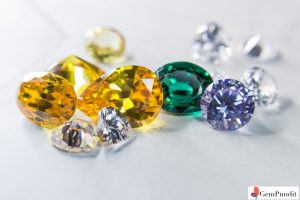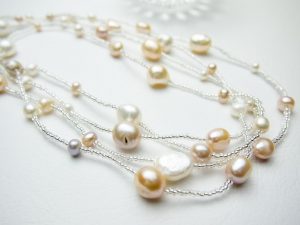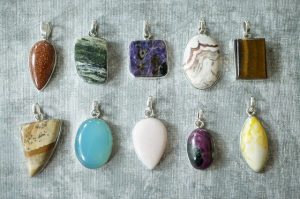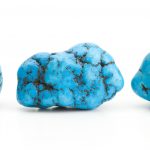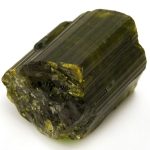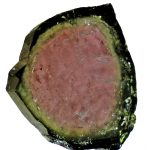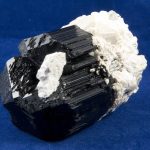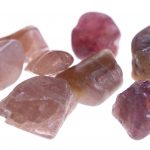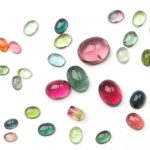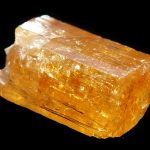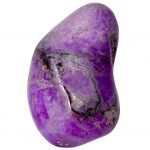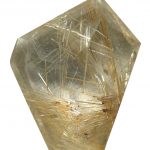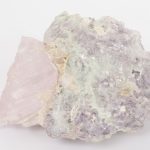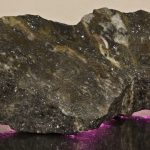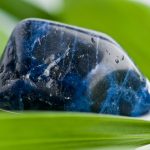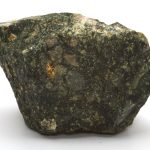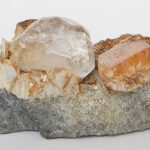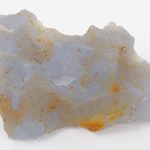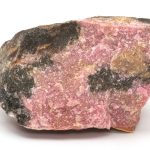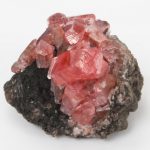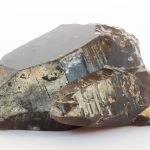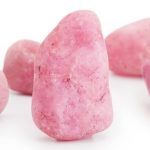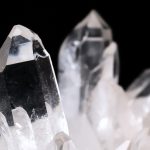If you were looking to buy amber, your immediate concern would be to reach for the original one. No one likes to be duped and not where jewelry is concerned. Given the features and benefits of amber, you would not like to be disappointed with a fake one on hand. Hence, it is always wise to opt for expert opinion before you make your purchase. Buying from authentic stores reduces the risk of buying a fake one. To ensure that the amber is genuine, here are some tests to prove the status.
Identifying The Real Amber From Fake
Amber is the fossilized resin of trees that dates back to millions of years. Among the types of amber available, Baltic amber is considered the best in terms of quality. Since the fossil is lightweight, imitations using synthetics and plastics that are lightweight become possible.
Copal, which is termed an immature resin, looks more like amber. However, it does not share the qualities of amber, as it is much younger in age and hence has not undergone the geological processes that amber undergoes over millions and millions of years. Hence, if you conduct test on copal, you will find that it fails the test. So do plastics, celluloid and other synthetics, which are used to pass off as amber.
While tests conducted in labs using infrared spectroscopy and mass spectrometry identify the genuine amber from fake, you could conduct simple tests to achieve the results. Here are some suggestions for you to make a perfect buy.
1) Trust Your Eyes
Natural imperfections are what you need to look for in real amber. If you find the beads to be of uniform size and perfectly round in shape, you can be sure that you are feeling a fake one. Natural amber might have small air bubbles in it.
2) Feel The Warmth
One of the qualities of amber that helps in easy identification is its warmth. You will feel its warmth when you touch it. On rubbing, amber will become charged electro statically because of which it will attract dust particles. Copal will not be charged electro statically and it might become sticky. Glass produces cold feeling on touch.
3) Smell The Scent
Tree scent is dominant in amber. While you heat amber, you can sense the smell of burning pinewood, which is sweet and the smell is pleasant. When you heat plastic, the smell will be unpleasant. You can easily identify the smell of amber once you become familiar with it. On heating, amber burns away and does not melt. Copal will melt and this would help to differentiate amber from copal.
4) Solution In Solvent Test
Being lightweight, amber will float on water but other imitations such as plastic and glass bead will sink. Hence, you could conduct a test using salt water where you mix two parts of water to one part of salt. Let the beads on water and you will find amber beads floating while others sink.
5) Exclude False Inclusions
Amber with inclusions is quite expensive and when if you want to ensure if it is genuine, you only need to look carefully at the inclusions inserted. Generally, you will find them to be too big and to impress upon the buyers such insects would look appealing to the core. The best thing about something natural is the element of casual look to it, which seems normal but special.
6) Scratch To Ensure
Scratching will help to differentiate glass from amber. Glass is more solid but amber is soft. Scratching the bead with a metal will show off the true one from the fake one. While glass bead will not be scratched on rubbing a metal against it, true amber will be scratched.
Amber is not just a gemstone. It has a rich past and it has a great quality to offer the past to your eyes fresh and unique. Hence, while testing, ensure that the original amber is not damaged in the process. Go for methods that may not cause damage to the amber. It would be great if you were to seek an authentic store to make your amber purchases.

